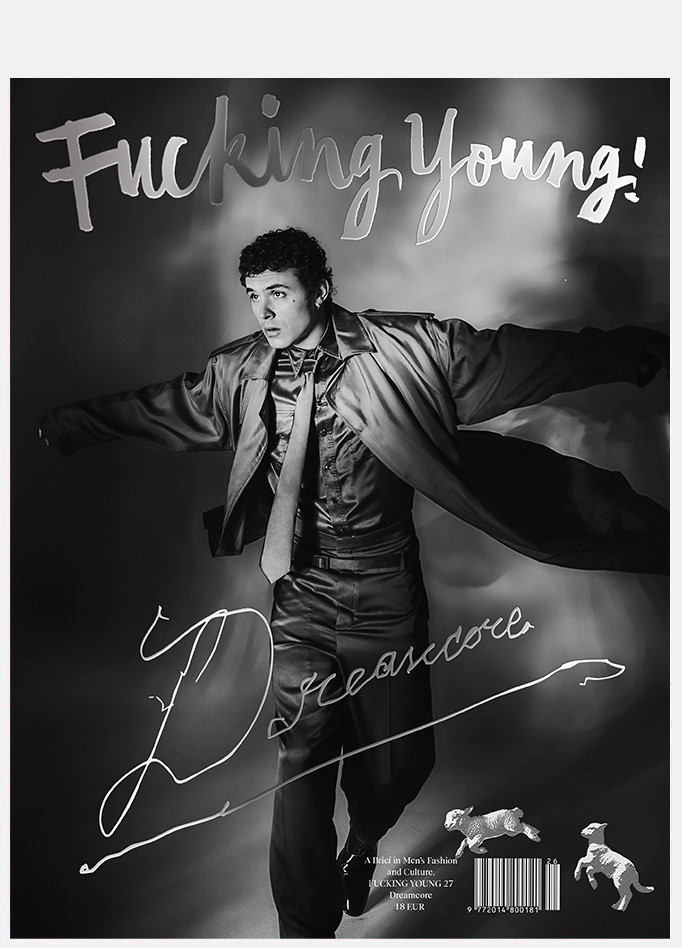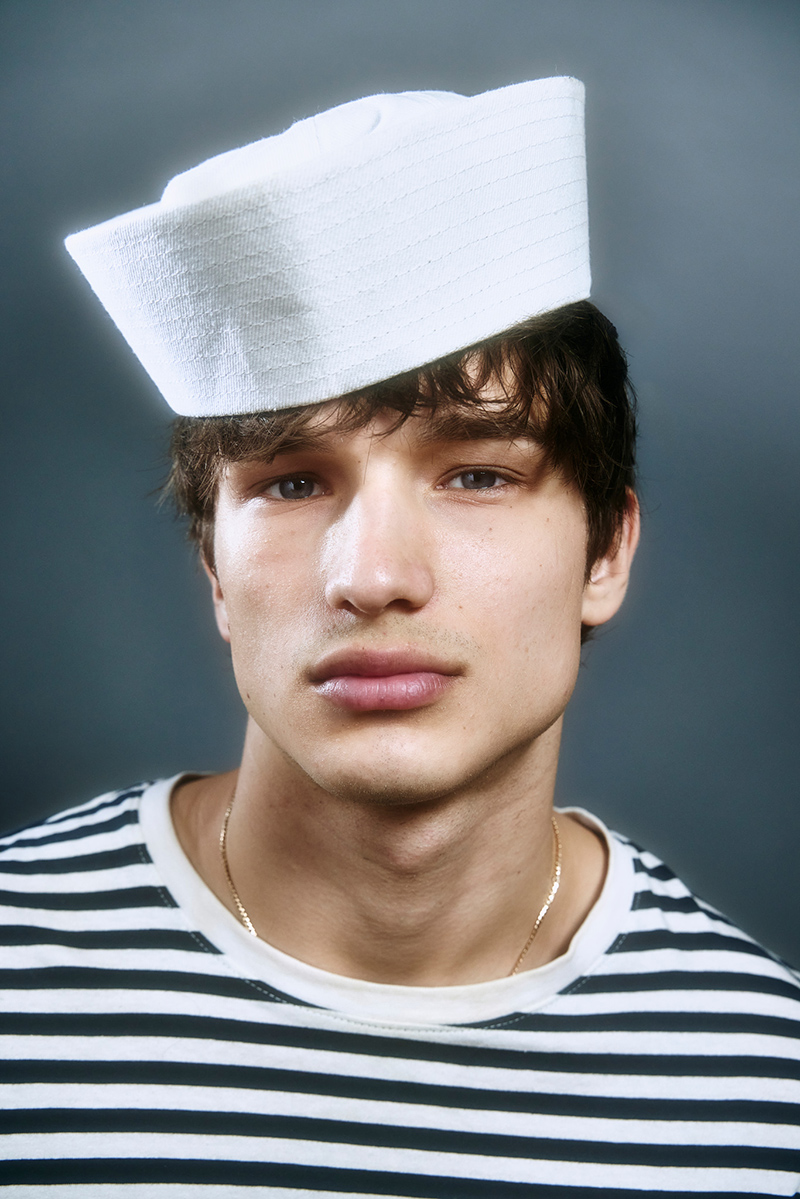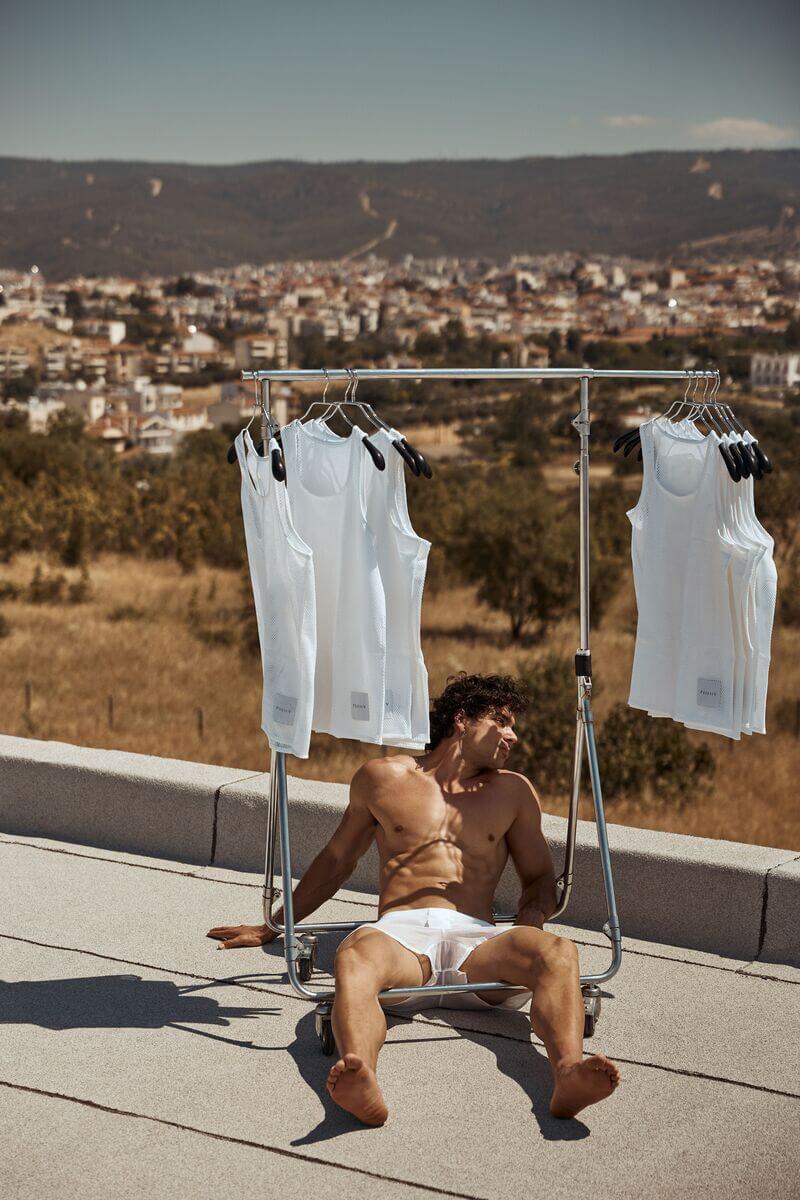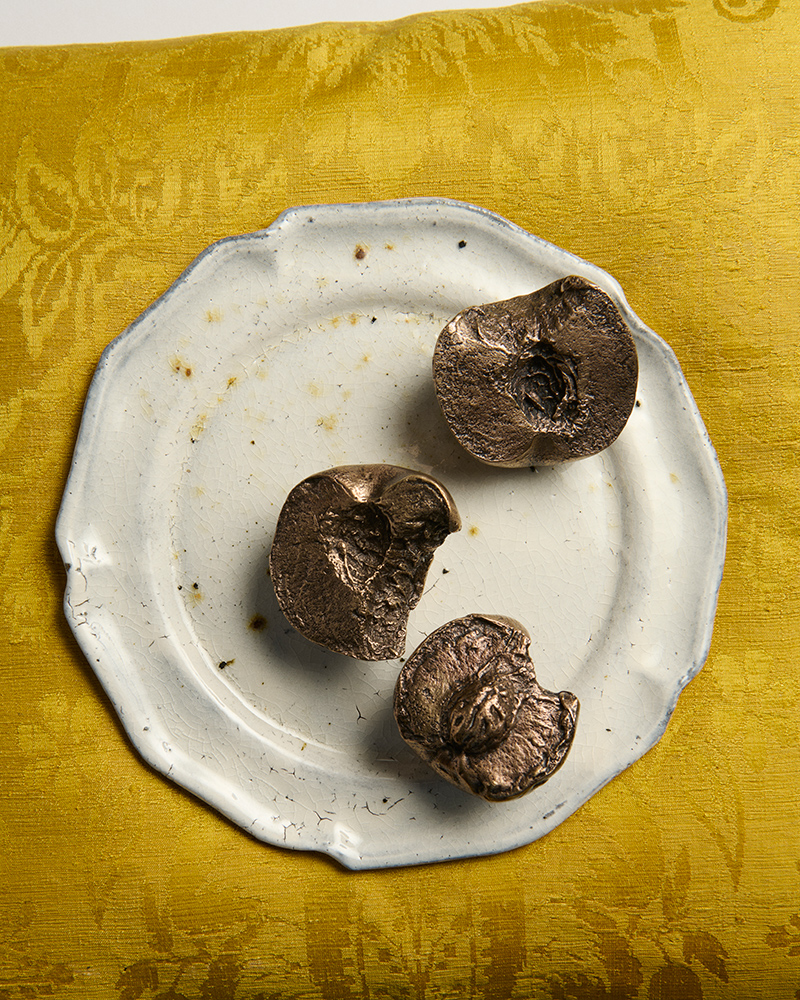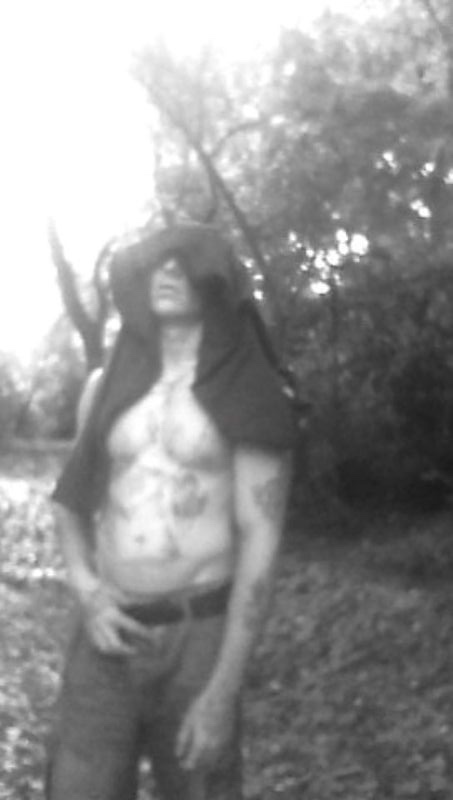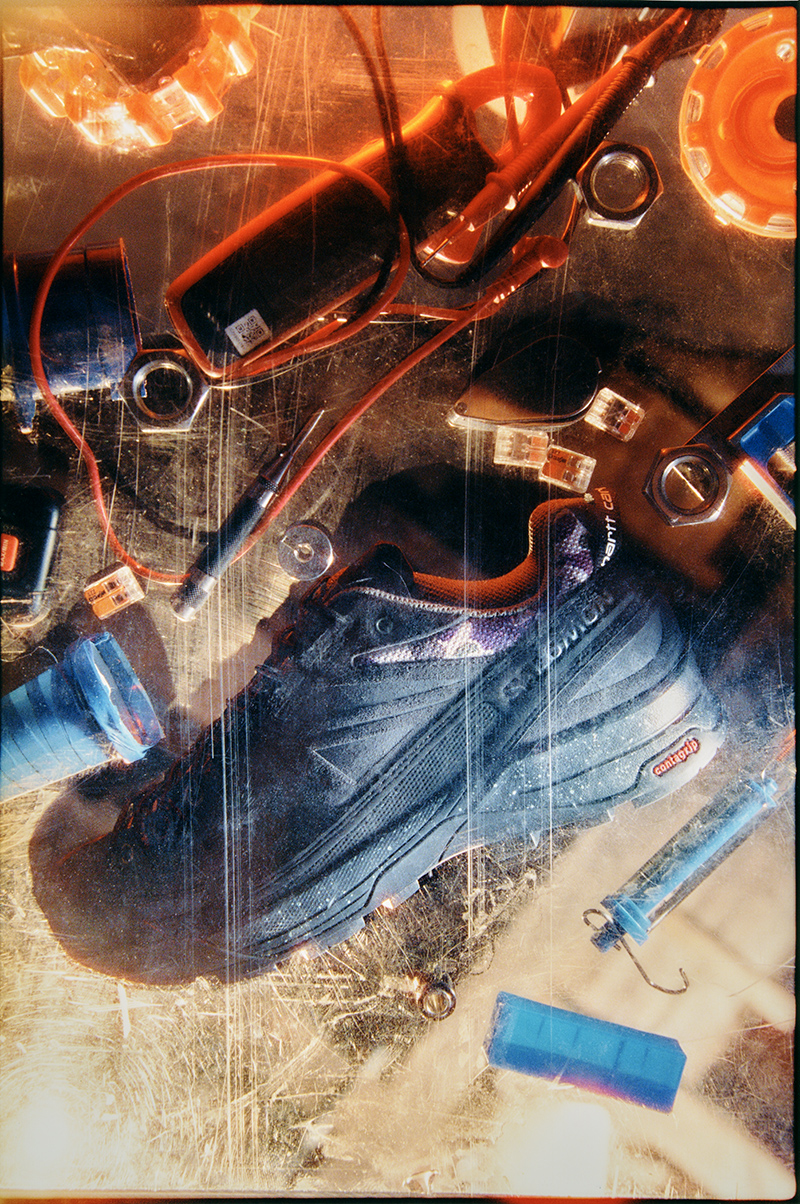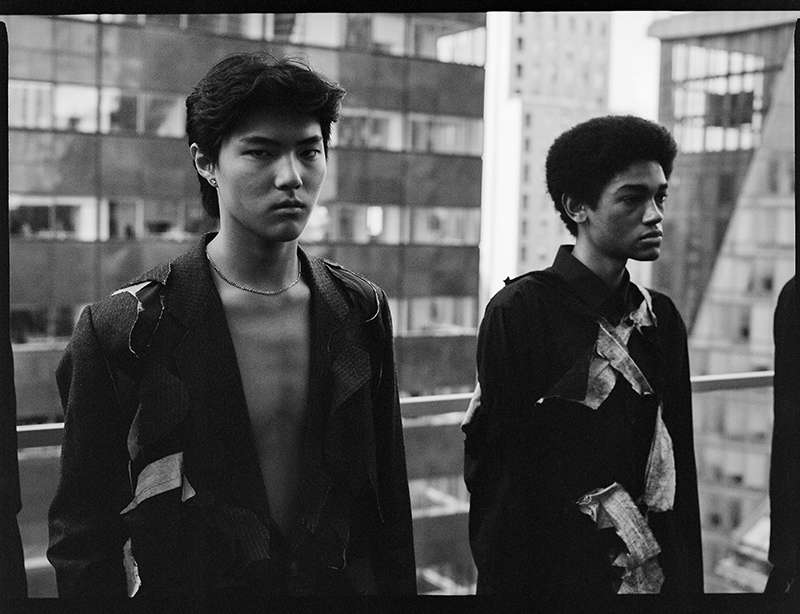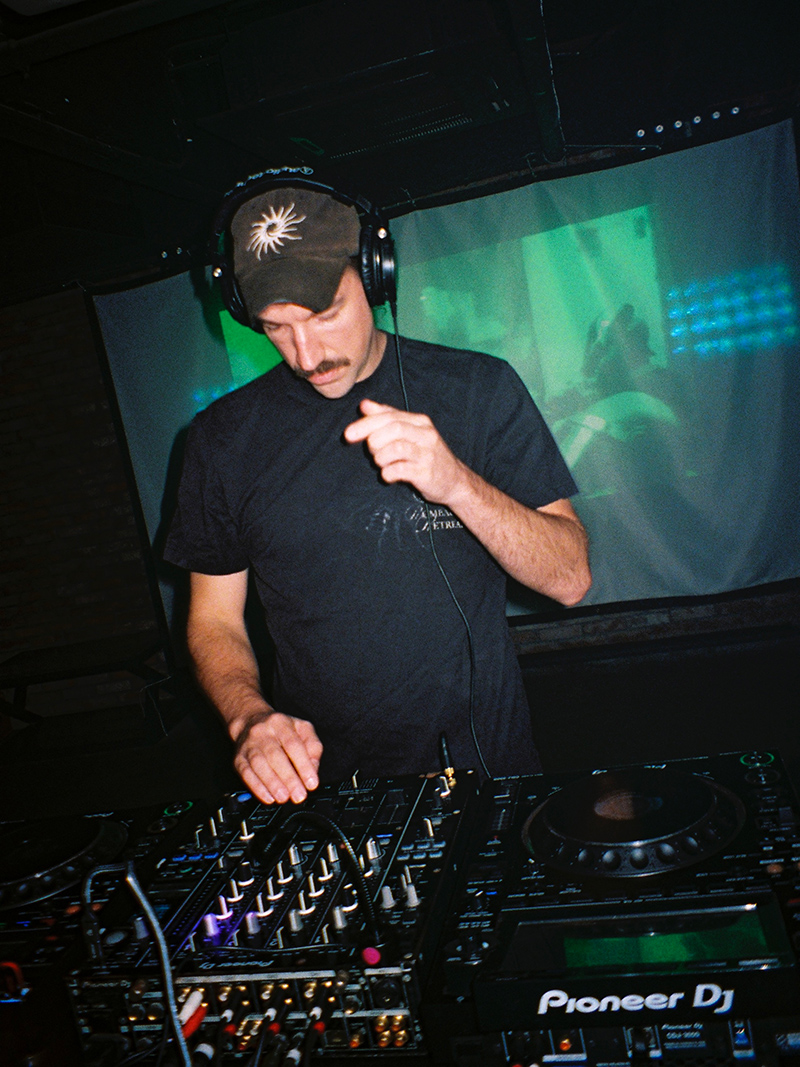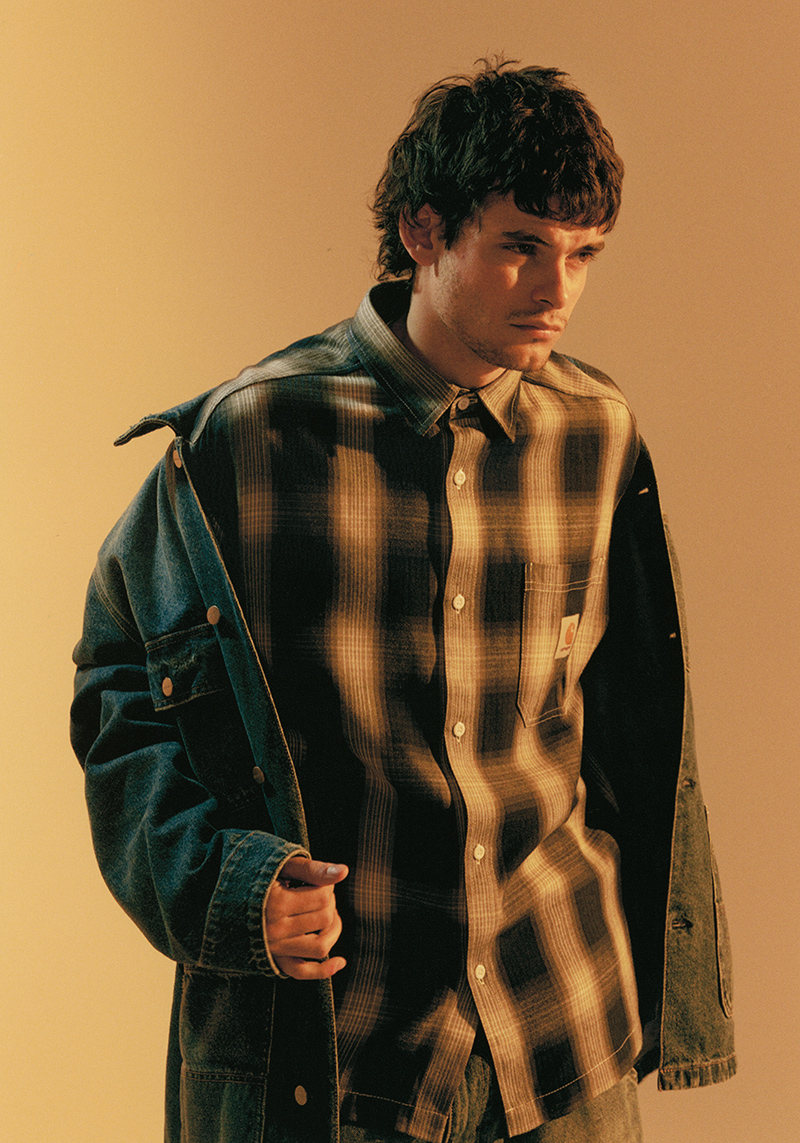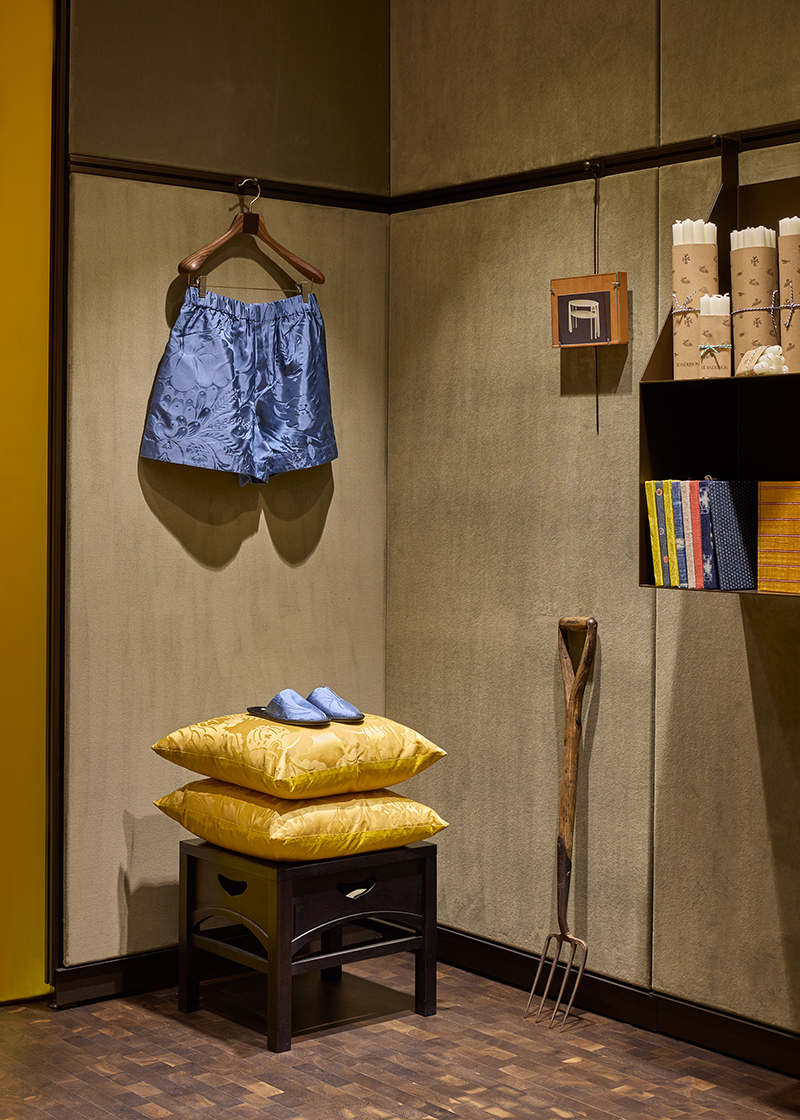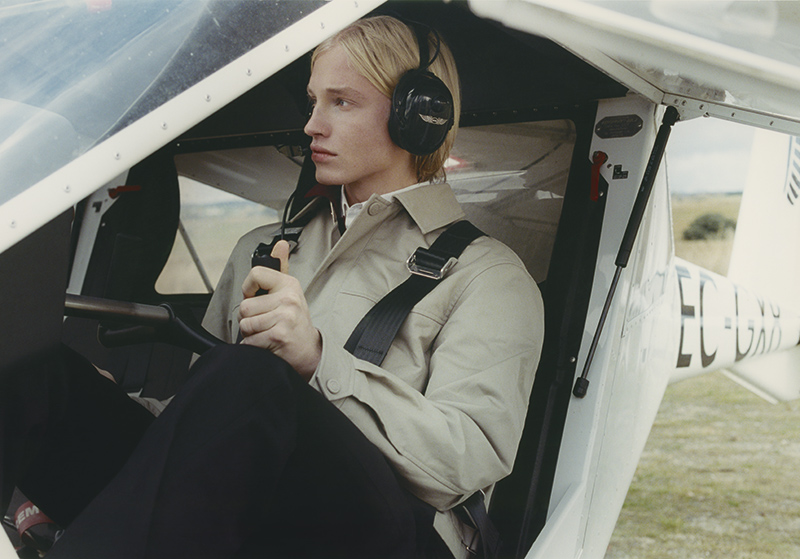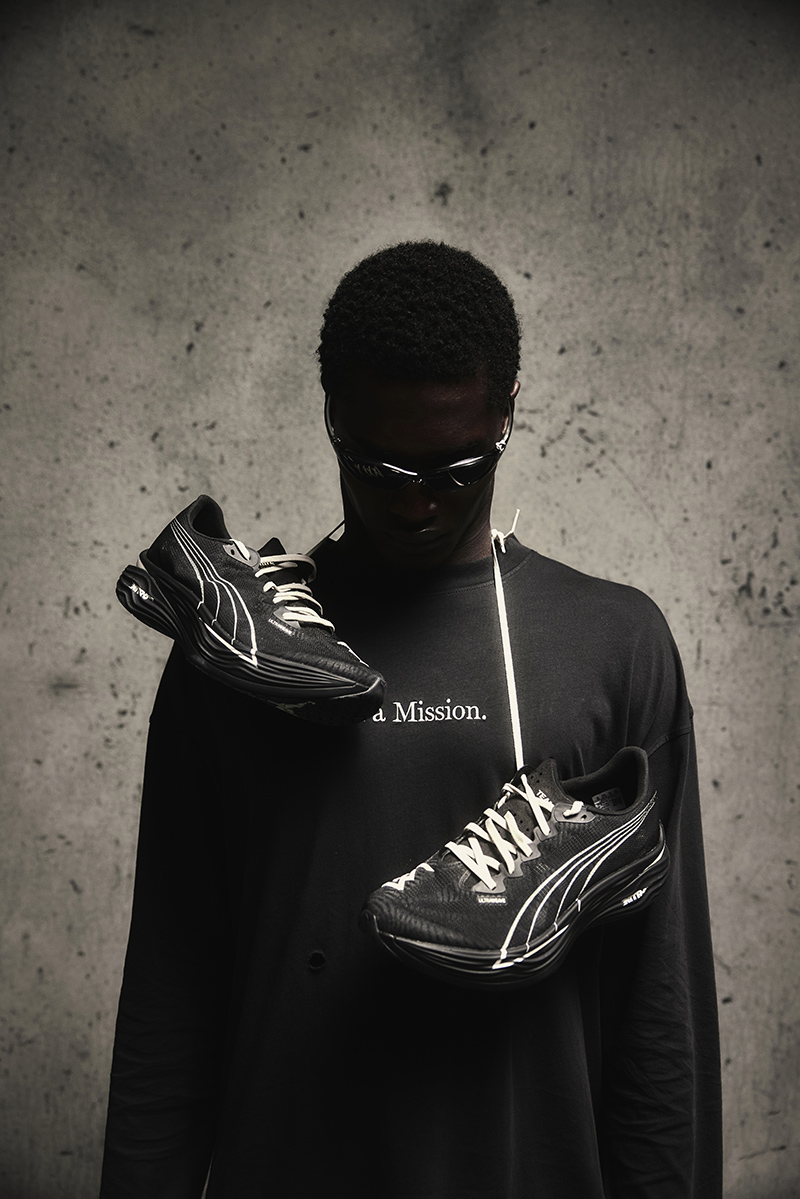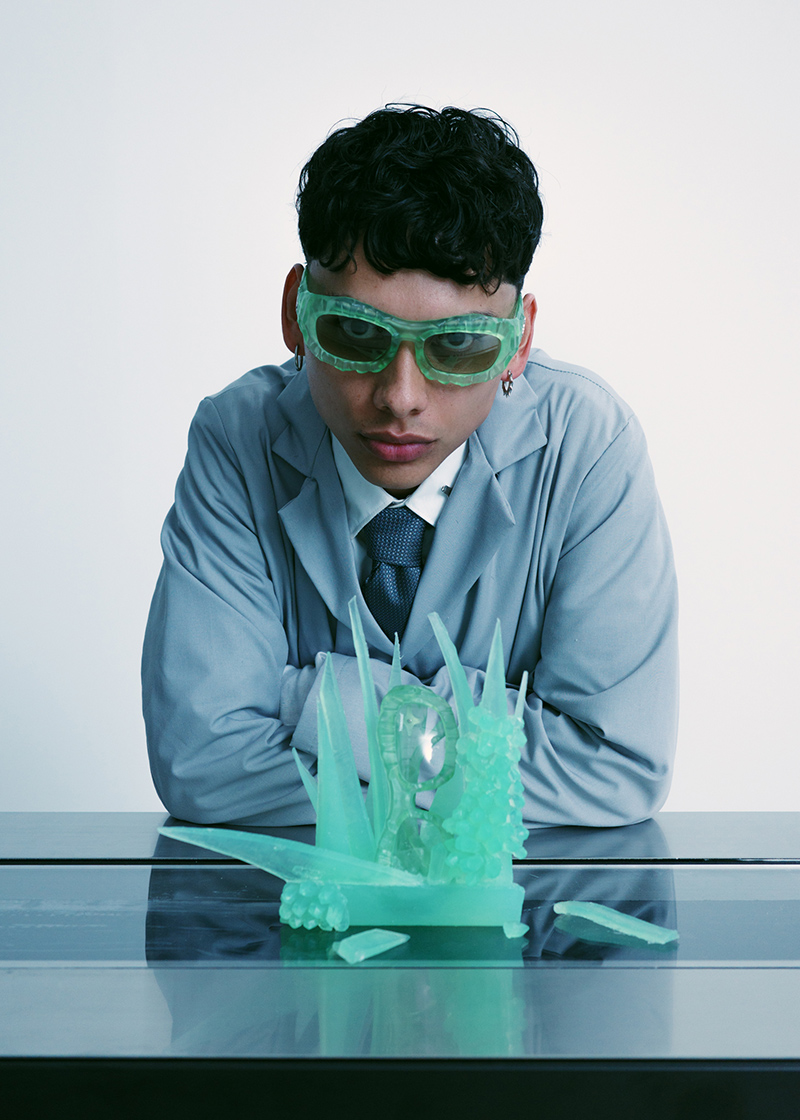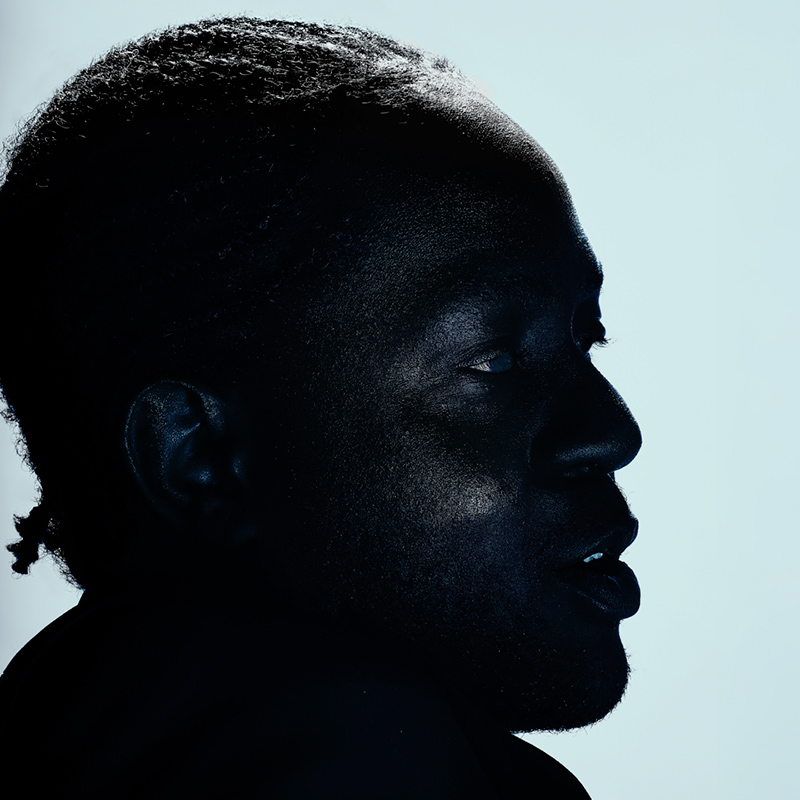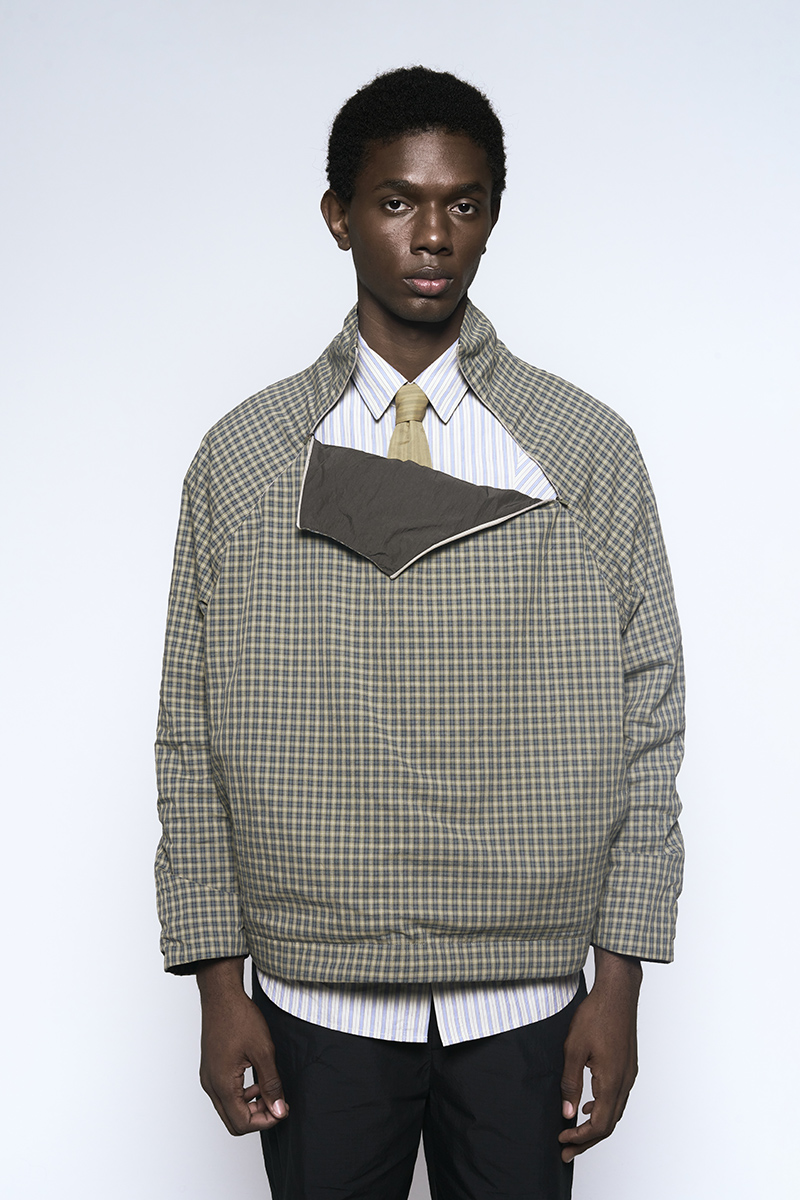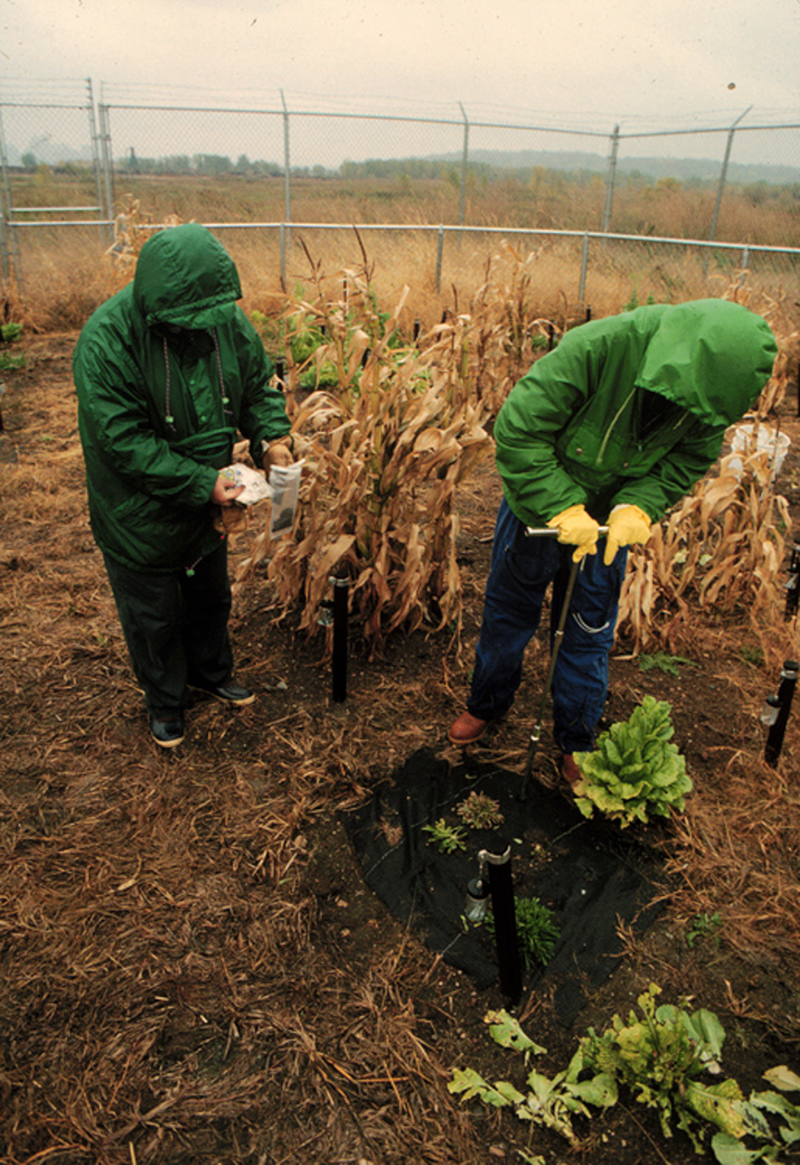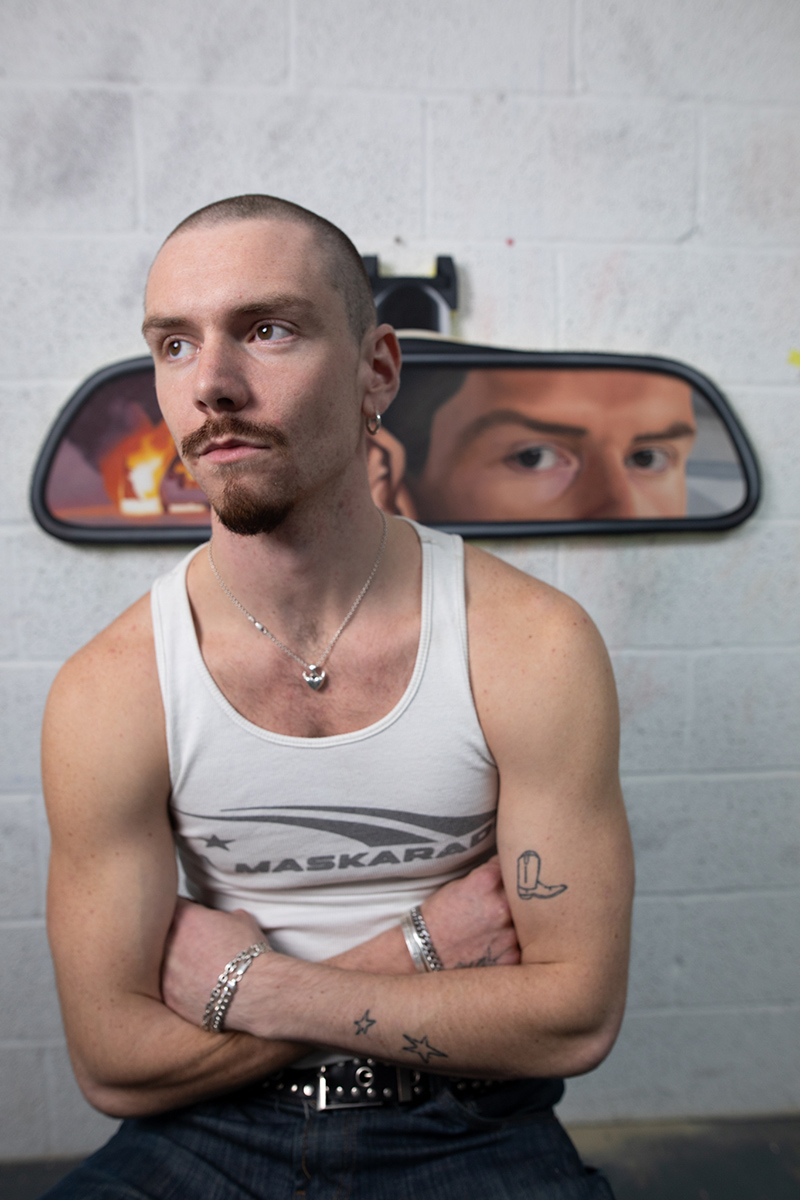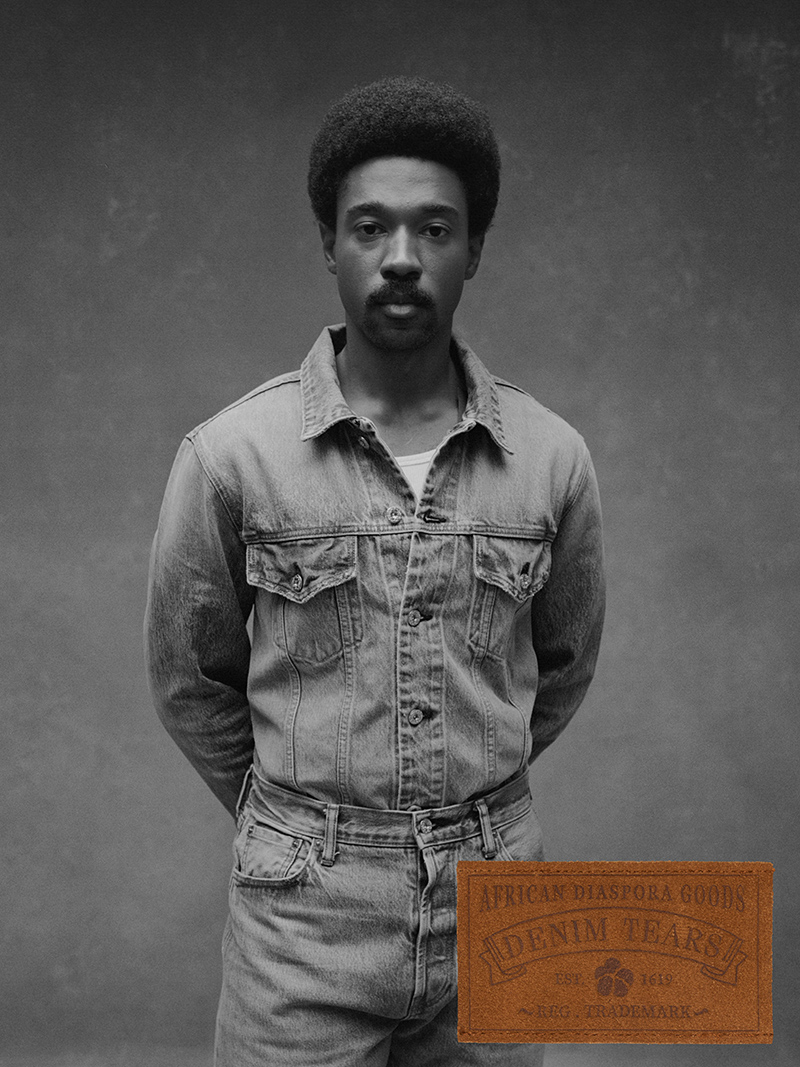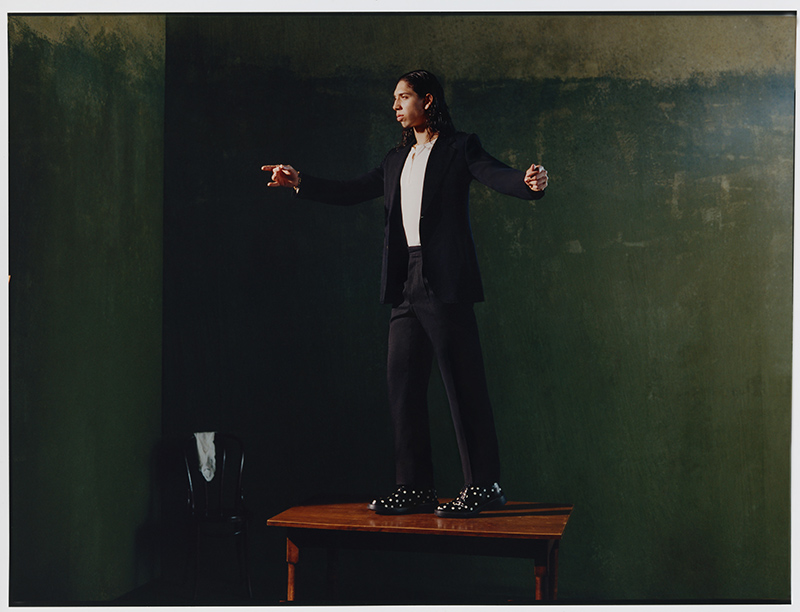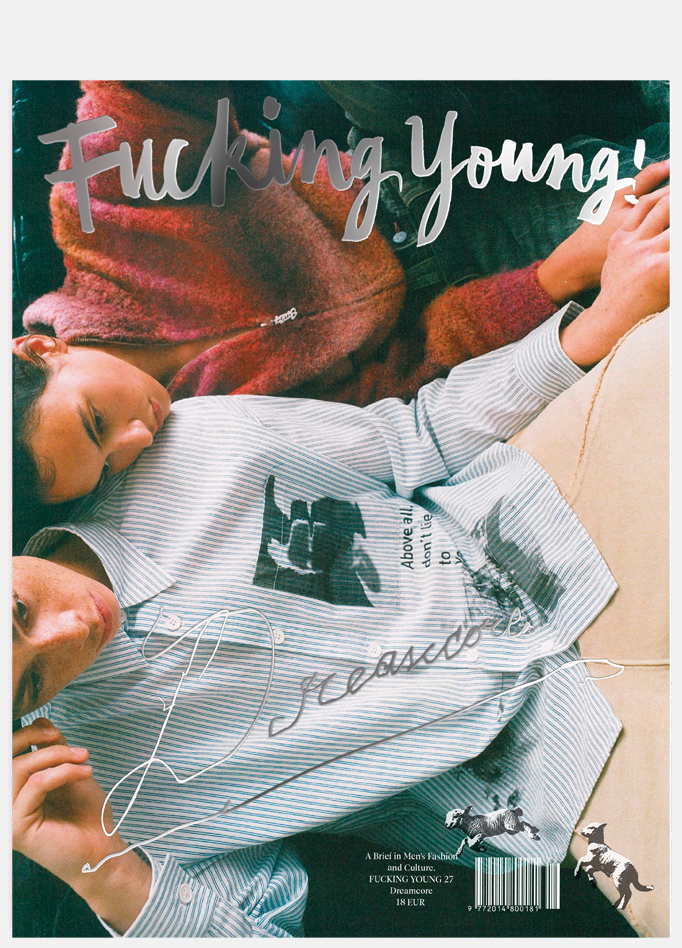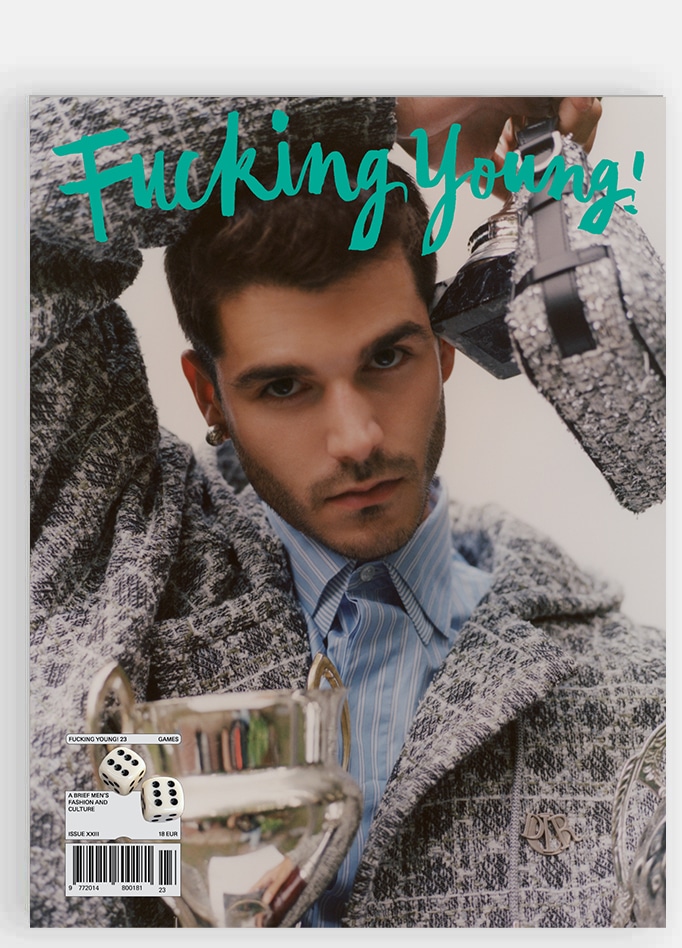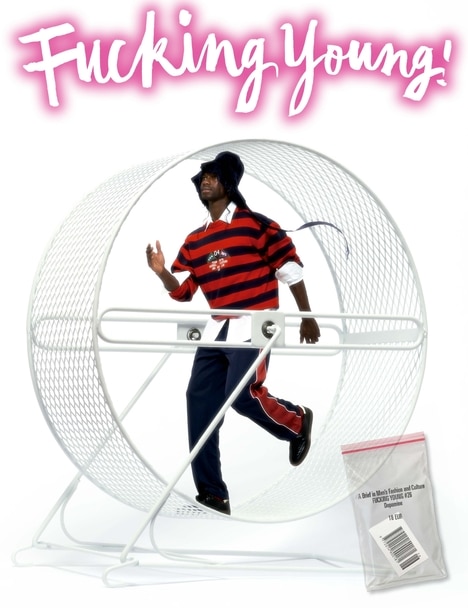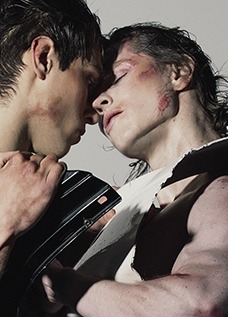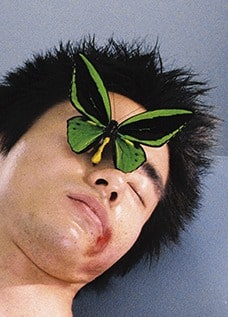Carlota Barrera‘s new collection, titled “Traces,” explores the interplay between constraint and release, embodying the echoes of the past and the present. Inspired by the concept of gestures leaving imprints on clothes, Barrera delves into the dynamic tension between push and pull, exploring the boundaries of masculinity and femininity through subtle yet meaningful details.
The collection features a range of materials and textures, including crinkled georgette, scrunched organza, fluid linen, lightweight cotton drill, upcycled polyester, sheer silk, georgette, organza, fine wool twill, and more. The color palette is equally diverse, ranging from burnt orange to earthy tones like beige and olive green, hand-dyed blues and blacks, and shades of black for the evening.
One of the coolest aspects of the collection is the use of subtle, yet deliberate details. These details, such as intentional wrinkles, pinched darts, asymmetrically dropped hem cuffs, and signature slits that were once open but now closed with delicate handmade cross-stitching, add depth and intrigue to the designs.

We had a chat with the designer before the show and here’s what she told us:
How did you come up with the concept of “constraint and release” for this collection? What inspired you to explore this dynamic tension?
It all began with an exploration of how gestures leave imprints on clothes. Wrinkles became visual traces of tension and release, while darts and stitches served as the binding forces that hold layers in place. Curiosity drove the process: “What happens if we cinch something that’s usually left loose? What if we unpick what’s typically stitched together?”
How did you balance the masculine and feminine elements in the collection? What were your inspirations for combining these contrasting styles?
More than balancing masculine and feminine elements my work is more focused on questioning what’s considered masculine and what’s considered feminine, challenging preconceived ideas of gendered clothing. For centuries, menswear has adhered to very rigid codes – often designed to enforce ideas of power, restraint, and uniformity. I explore the intersection of masculinity and femininity, rethinking what power means in the modern context. I’m interested in the intersection of masculinity and femininity, and how those expressions can coexist in harmony rather than opposition.
You mentioned the importance of subtle, meaningful details in your designs. Can you highlight some specific details that you incorporated into this collection and their significance?
This collection is filled with subtle details that may appear accidental but are entirely deliberate: intentional wrinkles, pinched darts, asymmetrically dropped hem cuffs, signature slits that were once open, now are closed with delicate handmade cross-stitching. We also have accessories that serve as intimate troves of trinkets —small objects that may seem insignificant but carry deep personal meaning. It’s all about the traces we leave behind, both tangible and intangible.
Can you describe the color palette you chose for the collection? How did the colors contribute to the overall aesthetic and mood?
Each color in the collection evokes a different moment of a summer day, unfolding through the hours. A burnt orange ignites the horizon at sunrise, while earthy tones like beige and olive green capture the grounded, natural feel of the day. Hand-dyed garments in deep blue and black feel like they’ve absorbed the remnants of a rain-soaked path, as if someone stepped into a puddle and carried its stain with them. As evening approaches, a sun-faded orange suggests something left outside all day, weathered by time. Finally, we transition into the night with varying shades of black, reflecting the deepening darkness.
Did you incorporate any sustainable practices or materials into the design process? If so, can you elaborate on your approach to sustainable fashion?
I feel as the word ‘sustainability’ has been heavily marketed, I like to talk about responsibility instead. We are responsible in the way we select our materials, thinking of both the making process behind them, and the feel they have on the skin, and we are responsible in the way we produce: we collaborate with local artisans and craftsmen, and we make small quantity productions with local workshops and ateliers. Sometimes it’s not about making thousands of products with the latest recycled material in a questionable factory; it’s about crafting a limited number of units that embody quality and intention.
What do you hope the overall aesthetic of the collection conveys to the audience? What message or emotion do you want to evoke?
“Traces” embodies the echoes of what once was, the fragments left behind in the folds of memory and materiality. I wanted to talk about objects as a lingering mark—a trace of the past intersecting with the present. The collection a testament of the imprints of time, of what was worn, touched, or altered. Through every fold, crinkle, and dart, the clothes capture the essence of remnants: moments, gestures, and experiences that continue to resonate.
Check out the collection below:





















